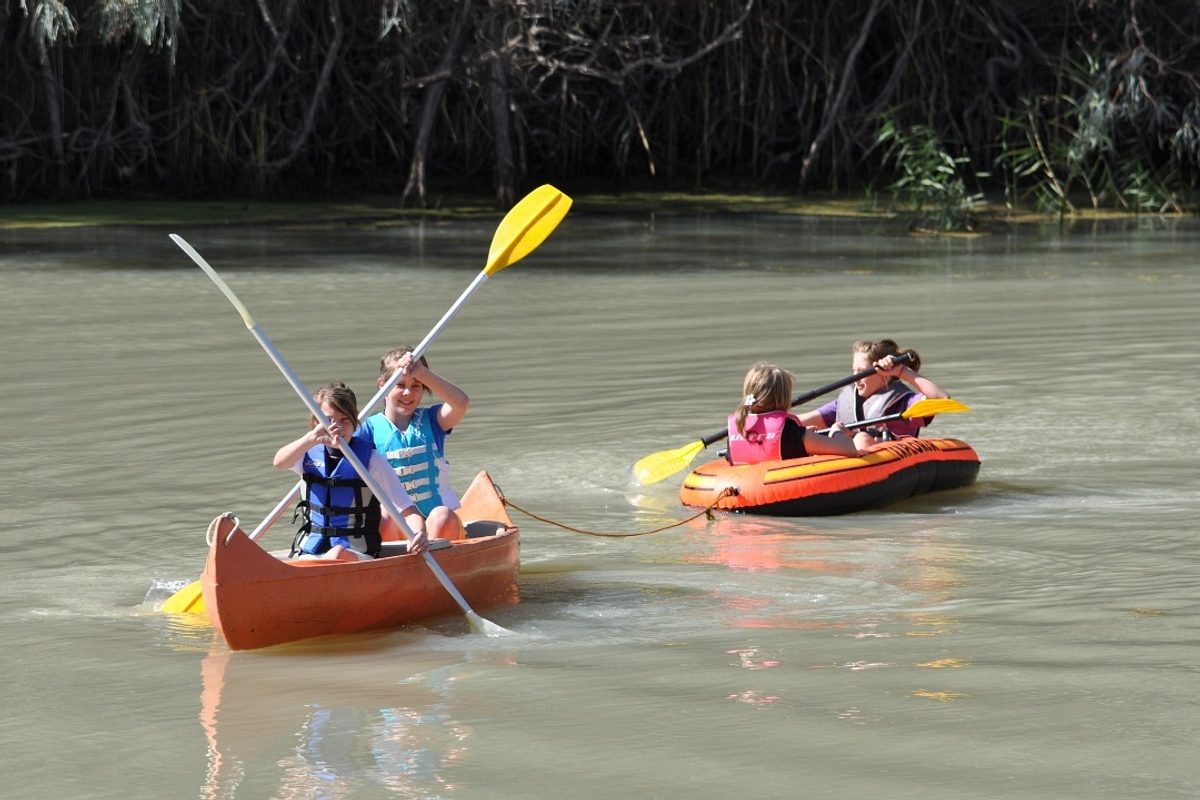Katarapko Floodplain
The Katarapko Floodplain, located near Berri in South Australia, is a major floodplain and anabranch system of the River Murray that spans more than 9,000 hectares across a mixture of private land, Crown land and Gerard Aboriginal Reserve. The majority of the floodplain is located in the Murray River National Park.
The First People of the River Murray and Mallee Region are the Traditional Owners of the Katarapko Floodplain, with the presence of Aboriginal cultural heritage providing tangible links to ancestors and Country. The River Murray is believed to be the life blood of Country, bringing First Peoples communities together through living culture.
Katarapko Floodplain is recognised as a high priority ecological area that:
- supports a diverse range of plant species, including river red gum, black box and river cooba woodlands, lignum, and saltbush shrublands
- is home to a variety of wildlife, including species of conservation significance and threatened species such as the freckled duck, blue billed duck and Australasian darter
- comprises a range of habitats including lagoons, swamps, freshwater wetland complexes, saline wetlands and permanent flowing creeks
- is popular for recreational activities such as boating, camping, kayaking, and bird watching, attracting up to 40,000 visitors each year.

Ecological objectives for Katarapko Floodplain
Our overall aims for Katarapko Floodplain are to:
- manage water to create a more natural cycle of flooding and drying
- improve the ability of native fish to move through Katarapko, therefore increasing native fish numbers
- improve the diversity of native plants
- improve habitat for native animals including threatened species
- recognise the importance of traditional Aboriginal culture and European heritage
- plan the use of water for the environment to best achieve environmental outcomes and improve water quality
- manage pest plants and animals.



